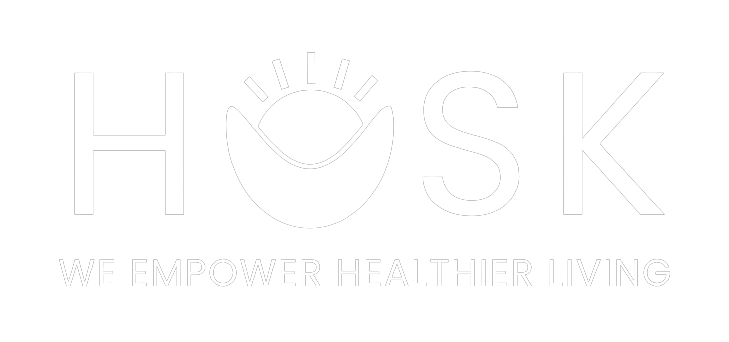
Prediabetes An Overview
What Is Prediabetes?
According to the CDC, 1 in 3 American adults are prediabetic.¹ Prediabetes is described as having high blood sugars that are not as high as if a person has been diagnosed with diabetes. The American Diabetes Association (ADA) puts more concrete numbers to the sentence above by saying a hemoglobin A1c (HgA1c or A1c) of 5.7-6.4% and/or a fasting blood sugar of 100-125 mg/dl would indicate a diagnosis of prediabetes.² Another way to describe prediabetes is impaired fasting glucose or impaired glucose tolerance. Essentially these mean your body has a hard time processing the sugar in your system.
Some risk factors or causes of developing prediabetes are as follows:
- Overweight and inactivity – overweight is diagnosed by having a BMI of 25-29.9. Remember to take BMI with a grain of salt as it does not take into account anything except your height and weight. Waist to hip ratio would be a better predictor of central fat mass gain, which can dictate increased risk of chronic diseases like diabetes. Physical activity helps manage our blood sugar levels among other things, so those that are more sedentary could be prone to higher blood sugar levels.
- As we get older the risk increases too, it is noted that at age 45 and above that risk goes up. Sometimes our bodies just stop working as well as before and they slow down certain processes like insulin secretion which helps with sugar uptake.
- Family history for sure plays into your risk as well. If you have an immediate family member that has a diagnosis of prediabetes or diabetes, your risk is increased. That’s not to say you will develop it, as lifestyle can have a huge impact on something like prediabetes and diabetes.
- If you are female and had gestational diabetes while pregnant, you also have an increased risk of developing prediabetes and diabetes after birth. Typically after birth your blood sugar levels return to normal, but making sure you maintain healthy habits will be important to lessen your risk of developing prediabetes and diabetes later.
- Did you know if you smoke you have a 30-40% higher chance of developing diabetes according to the CDC?¹ Also, the more you smoke the higher the risk.
- Unfortunately, certain races are more prone to developing prediabetes and diabetes as well, which again means making sure to maintain healthy habits to lessen the risk. If you fall into any of these categories you could have an increased risk of developing prediabetes or diabetes: African American, Hispanic or Latino, American Indian, Alaska Native, Pacific Islander, or Asian American.¹
Developing prediabetes doesn’t guarantee you will develop diabetes, but according to an ADA expert panel around 70% of people with prediabetes will develop diabetes.³ Don’t let that statistic get you down as there are some simple lifestyle changes you can implement to lower your risk, which will be discussed in upcoming blogs. Unfortunately, not a lot of people know they have prediabetes as there aren’t always symptoms. Some people do experience some of the similar symptoms of having diabetes such as very thirsty, increased hunger, increased urination, fatigue, blurry vision, slow healing, and tingling in extremities.⁴ However, with no symptoms a fair amount of people go undiagnosed until they have diabetes. Fasting blood sugars are part of a basic lab panel, complete metabolic panel, and would be a good idea to get checked once a year to cover your bases. If you have a family history of diabetes, it might be smart to check on your A1c yearly or every other year as well.
Nutrition plays a pretty big role in prediabetes and can be one of the biggest factors that can help with not developing diabetes and/or reverse a prediabetic diagnosis. Blood sugar is mainly impacted by carbohydrates, such as fruits, vegetables, and grains, that we consume. Protein and fat have little to no impact on our blood sugar. If anything they tend to help our blood sugar control, because they take longer to digest, which means the carbohydrates you eat with the protein and/or fat take longer to enter the system. Imagine a steep roller coaster. That huge peak and valley are what tend to happen when you eat carbohydrates alone, but if you add in protein and/or fat that steep roller coaster becomes a hill. This is not to say we should cut all carbohydrates from the diet, but it would be a good idea to watch the quality and quantity of carbohydrates you are consuming.
One of the best ways to get more information on your diet and how you can help manage prediabetes is by meeting with a registered dietitian. A registered dietitian will be able to look at your specific diet, give recommendations to help you manage your prediabetes, and help you set goals to start implementing those recommendations. Simple diet changes and some other lifestyle changes can be very effective in treating prediabetes.
By Becky Rinehart RD LD
Becky Rinehart is a Registered Dietitian in the state of Texas.
Mental Health
Marketplace
Nutrition
Physical Therapy
Rewards
HUSK Pro
Company
About
Contact
Press
Blog

